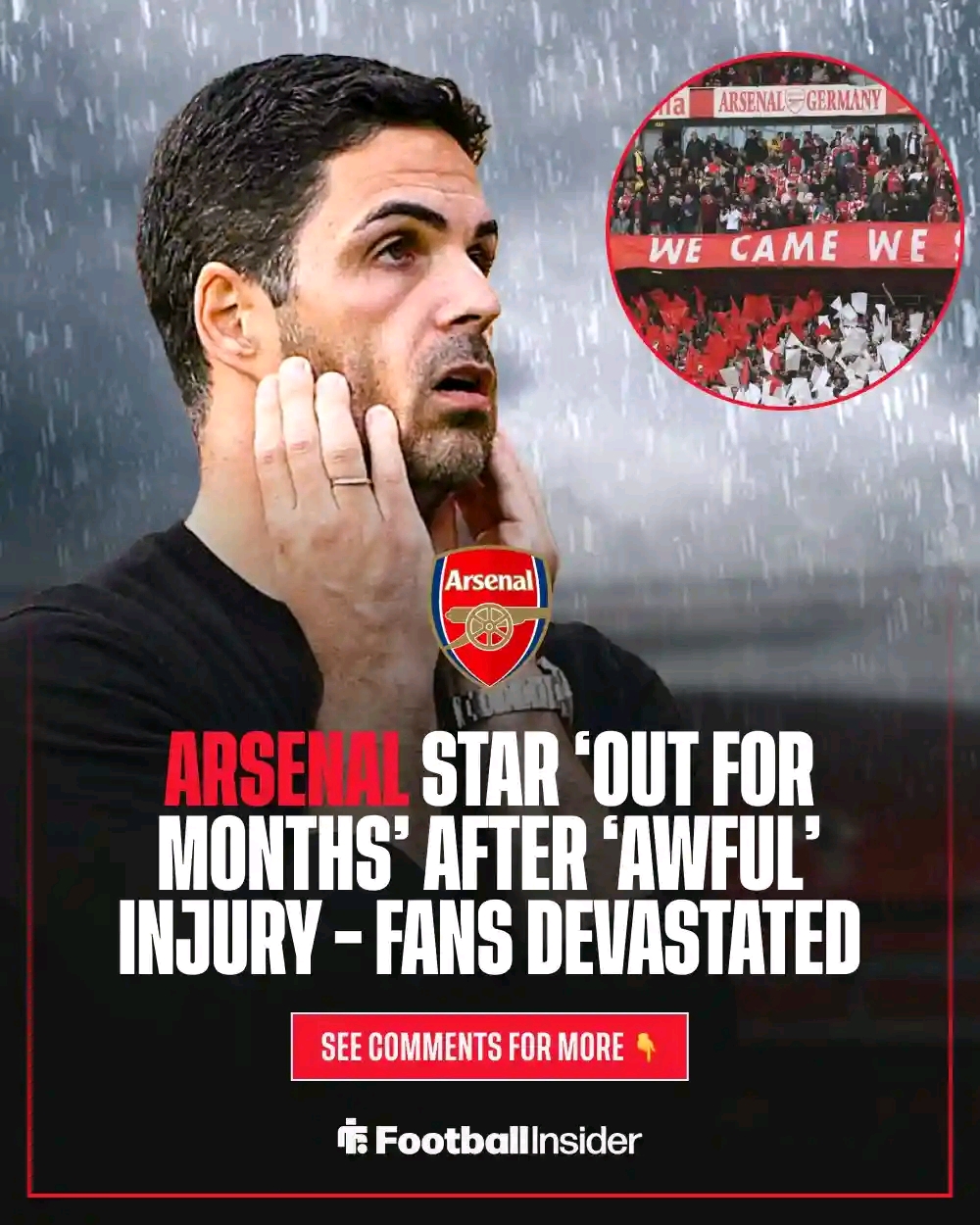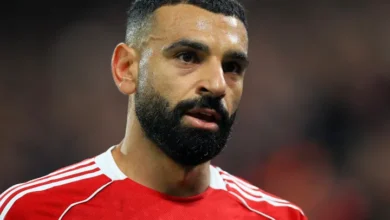The Injury-Prone Dilemma: When Talent Meets Fragility in Modern Football

In the high-stakes world of modern football, few dilemmas prove as vexing for clubs as managing injury-prone players. These athletes often possess exceptional talent, commanding substantial transfer fees and generating tremendous excitement among supporters. Yet their careers become defined not by their moments of brilliance, but by the lengthy spells watching from the sidelines. This phenomenon has become increasingly prominent in contemporary football, where the physical demands of the game continue to intensify while clubs invest ever-larger sums in players who may spend significant portions of their contracts in the treatment room.
The modern football landscape presents a paradox: as sports science and medical technology advance, creating better understanding of injury prevention and rehabilitation, the game’s pace and intensity have escalated to unprecedented levels. Players cover greater distances at higher speeds, engage in more frequent high-intensity actions, and face congested fixture lists that leave little time for proper recovery. Within this environment, certain players emerge as particularly susceptible to injury, creating complex challenges for the clubs that invest in them.
The mental aspect of recurring injuries cannot be understated. Players who experience frequent setbacks often develop psychological barriers that can perpetuate their injury cycles. Fear of re-injury can lead to compensatory movement patterns, where players unconsciously alter their natural biomechanics to protect vulnerable areas. This compensation frequently results in overloading other body parts, creating new injury risks and establishing a destructive cycle.
The psychological toll extends beyond the physical realm. Injury-prone players often struggle with confidence issues, knowing that each return to action carries the specter of another potential setback. This mental burden can manifest in tentative play, reduced aggression in tackles, and hesitation in crucial moments. The constant uncertainty about their physical condition creates stress that can impact sleep patterns, recovery rates, and overall well-being.
For these players, the relationship with their own bodies becomes complicated. They may develop hypervigilance about minor aches and pains, interpreting normal training soreness as potential injury warning signs. Conversely, some may push through genuine warning signals, desperate to prove their reliability and avoid being labeled as fragile. This psychological complexity requires careful management from medical staff, coaches, and sports psychologists.
From a club’s standpoint, injury-prone players represent a significant financial and strategic challenge. When a club invests £30-50 million in a player, they expect consistent availability throughout the season. The mathematics are stark: if a player misses half the season through injury, their effective cost per appearance doubles. Over multiple seasons, this can render even talented players economically unviable.
The impact extends beyond mere financial considerations. Team selection becomes complicated when key players cannot be relied upon for crucial fixtures. Tactical plans may need constant adjustment, and squad depth becomes stretched as cover players are pressed into regular service. The ripple effects can destabilize entire team structures, particularly when the injured player occupies a specialized role or possesses unique attributes that are difficult to replace.
Clubs must also consider the psychological impact on other squad members. When high-profile signings repeatedly break down, it can create doubt about the club’s medical procedures, training methods, or recruitment policies. Dressing room dynamics may shift as players question whether certain teammates can be counted upon in pressure situations.
The commercial implications are equally significant. Injured players cannot fulfill media obligations, miss crucial fixtures that drive television viewership, and may see their marketability decline. Sponsors and partners invest in associations with players who maintain high profiles through consistent performance, not those who become synonymous with injury bulletins.
Modern sports medicine has identified numerous factors that contribute to injury proneness. Genetic predisposition plays a significant role, with certain individuals naturally more susceptible to soft tissue injuries, stress fractures, or joint problems. While genetic testing is becoming more sophisticated, it remains impossible to predict with complete accuracy how a player’s body will respond to the demands of elite football.
Biomechanical factors often prove crucial. Players with unusual gait patterns, muscle imbalances, or joint mobility issues may place excessive stress on particular body parts during football-specific movements. Advanced motion analysis can identify these patterns, but correcting them often requires extensive rehabilitation and retraining of fundamental movement patterns developed over years of play.
Training load management has emerged as a critical factor in injury prevention. The concept of the “acute-chronic workload ratio” suggests that rapid spikes in training intensity relative to a player’s baseline fitness level significantly increase injury risk. However, managing thi















